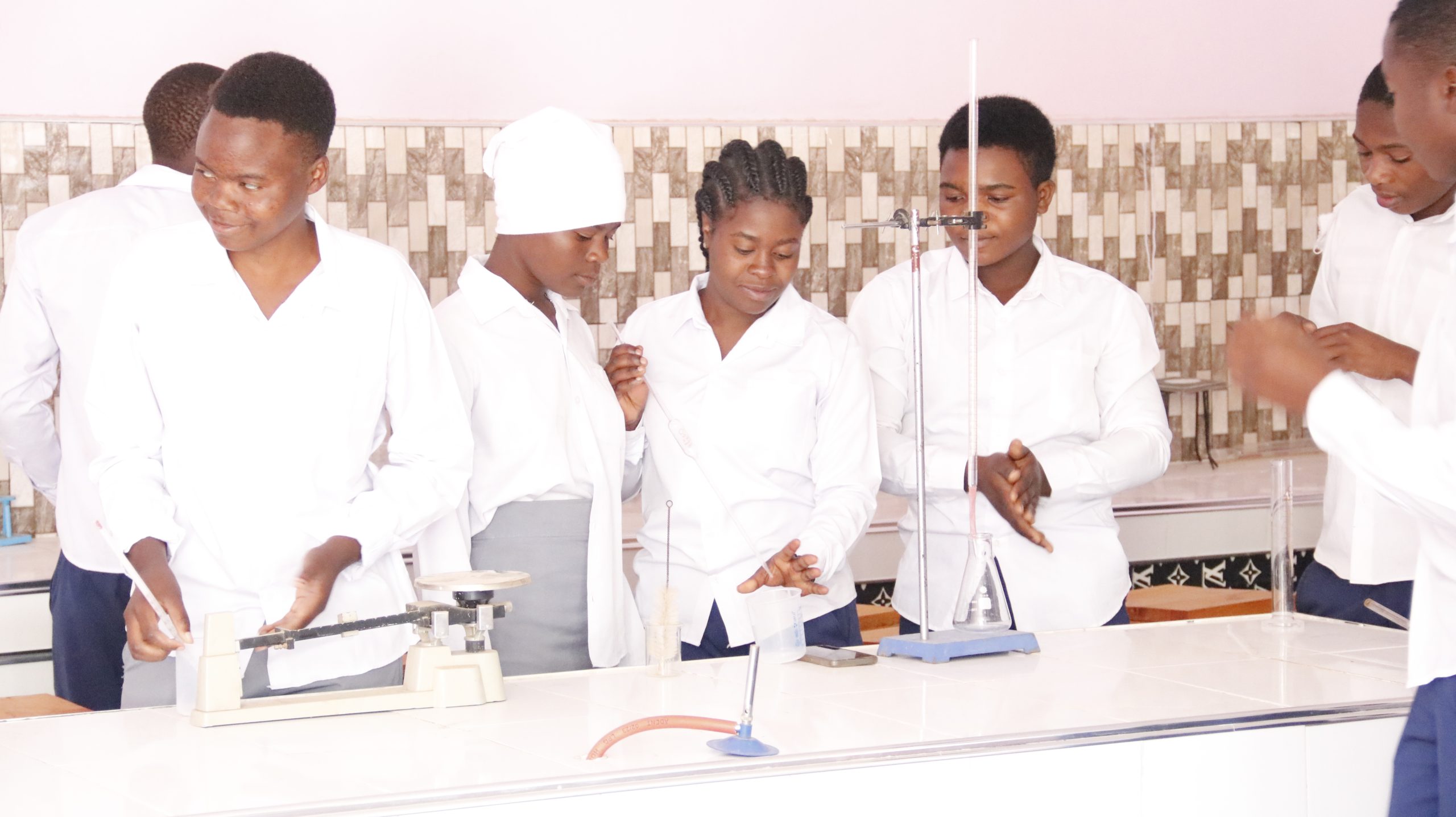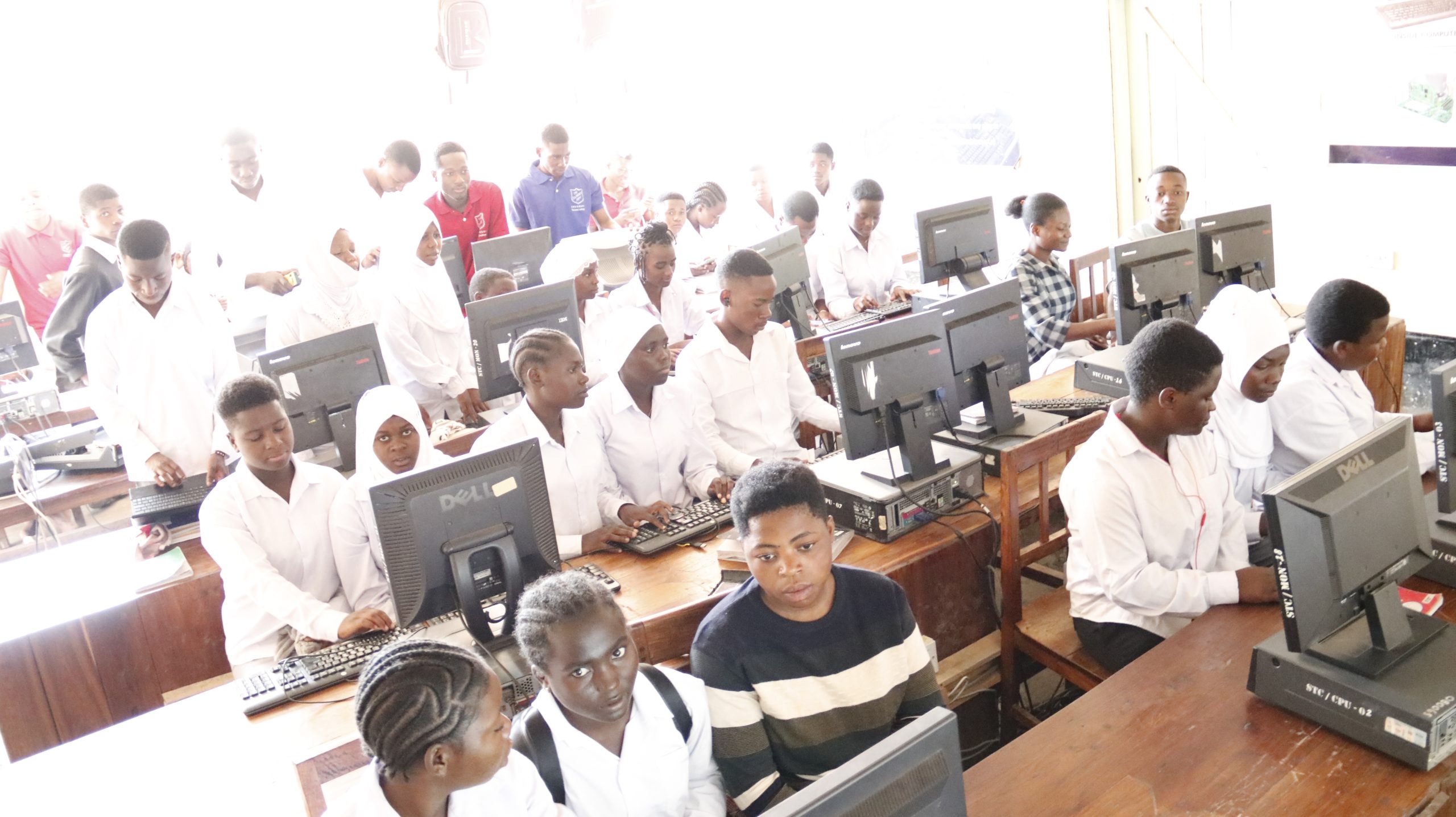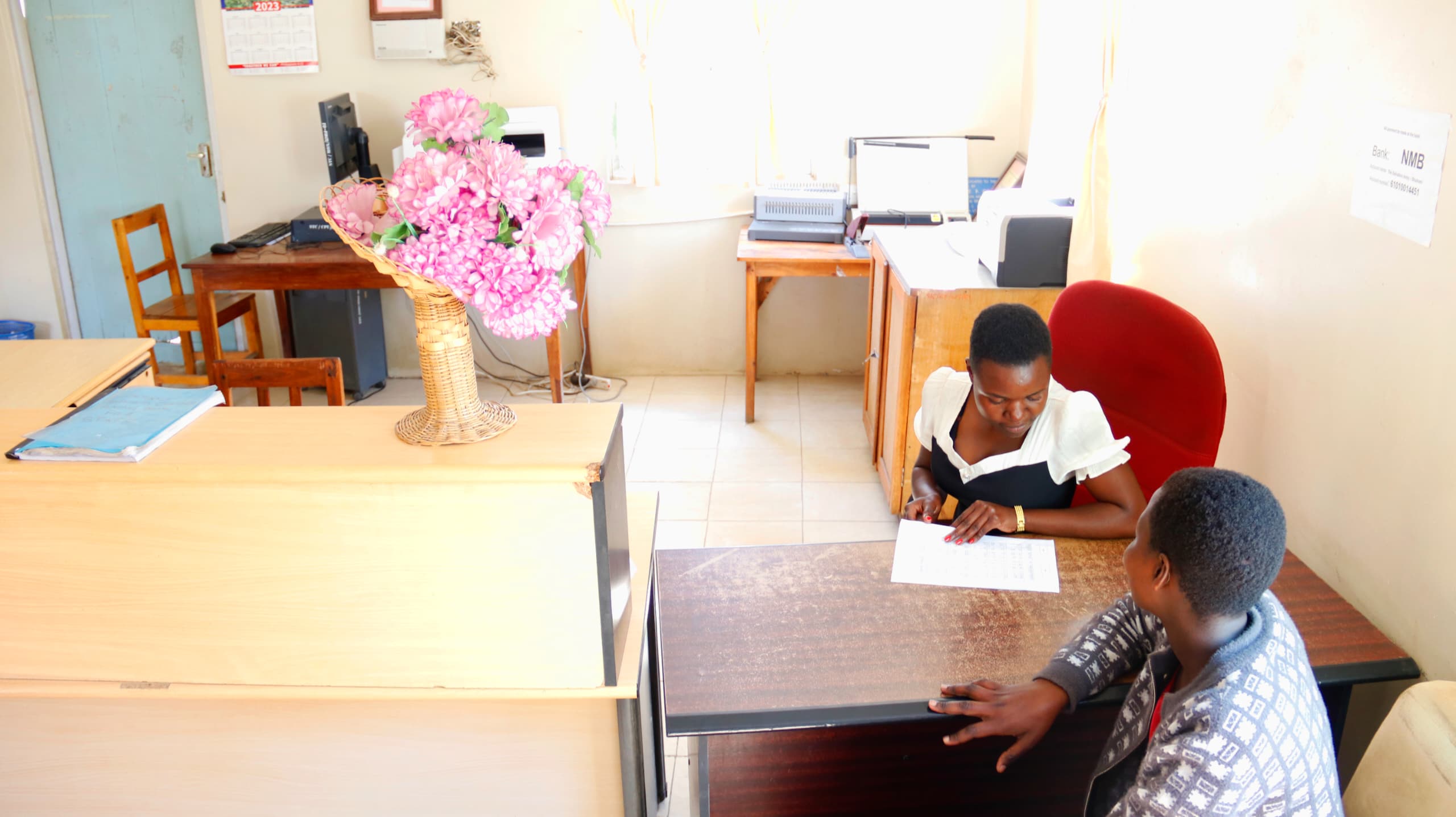PC Repair and Maintenance
This course provides students with hands-on experience and theoretical knowledge necessary for diagnosing, repairing, and maintaining personal computers (PCs).
Overview
COURSE DESCRIPTION
This course provides students with hands-on experience and theoretical knowledge necessary for diagnosing, repairing, and maintaining personal computers (PCs). Students will learn to troubleshoot hardware and software issues, upgrade components, and perform routine maintenance to ensure optimal performance. This course is ideal for individuals interested in pursuing a career in IT support, computer repair, or those simply wishing to enhance their technical skills.
CERTIFICATION
Upon successful completion of the course, students will receive a Certificate in PC Repair and Maintenance. This certification is recognized by various industries and can serve as a stepping stone towards advanced IT certifications such as CompTIA A+, Cisco IT Essentials, or Microsoft Certified Solutions Associate (MCSA).
LEARNING OUTCOMES
- Understand the functions of key internal and external components, including the motherboard, CPU, RAM, power supply, hard drives, and peripherals.
- Safely disassemble and reassemble PCs, including proper handling of components to avoid damage from static electricity or other factors.
- Use diagnostic tools and techniques to identify and resolve common hardware issues, such as faulty power supplies, overheating, and component failures.
- Upgrade components like memory, storage devices, and graphics cards to enhance the performance of a PC.
- Install and configure various operating systems, including Windows, Linux, and MacOS, and ensure compatibility with hardware components.
- Identify and resolve common software issues, such as system crashes, slow performance, and compatibility problems.
- Implement regular maintenance routines to keep PCs running smoothly, including disk defragmentation, cleaning of components, and software updates.
- Gain a foundational understanding of networking, including configuring network settings, connecting to Wi-Fi, and troubleshooting connectivity issues.
- Understand the importance of data security and implement basic security measures, such as installing antivirus software, setting up firewalls, and ensuring data backups
- Be equipped with the knowledge and skills to pursue further certifications in the IT field, such as CompTIA A+, which is widely recognized in the industry.





